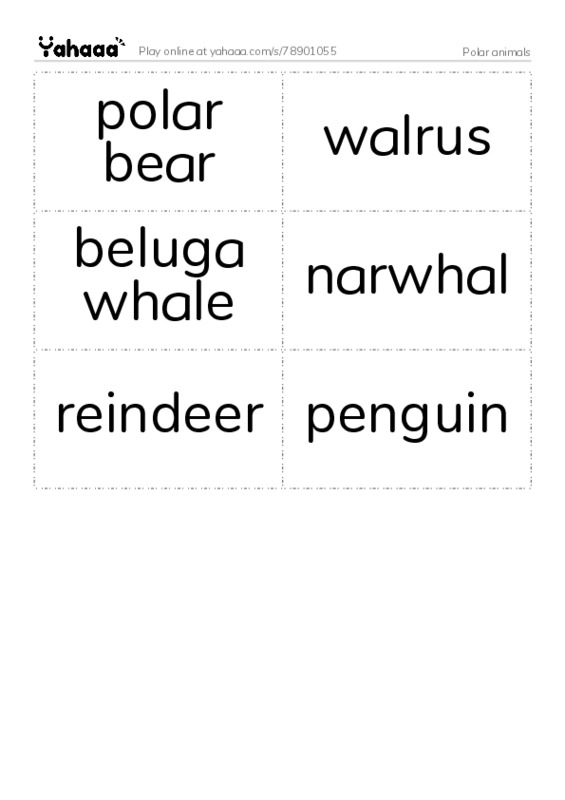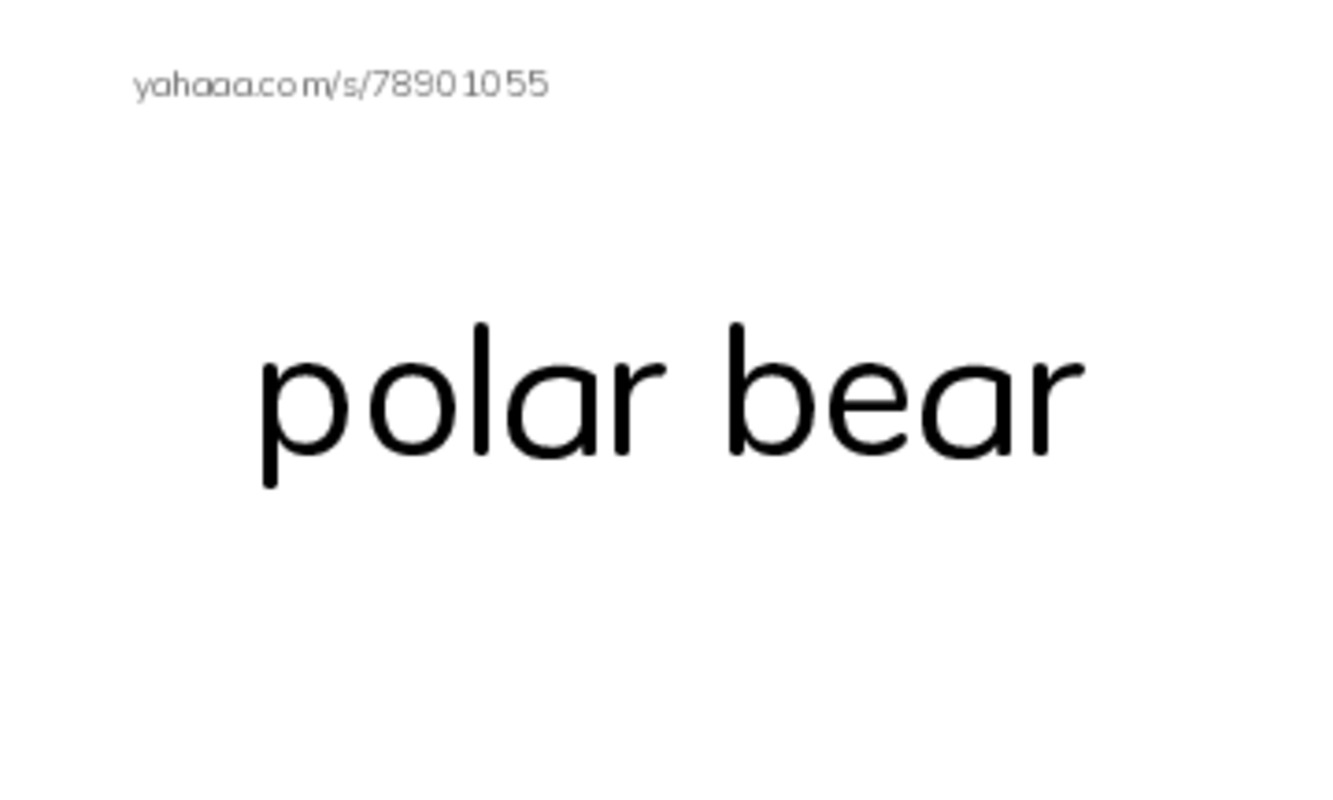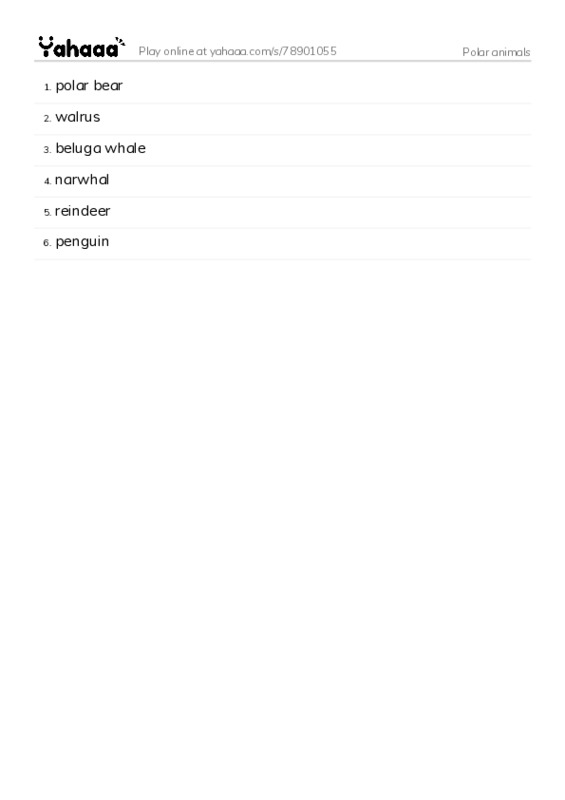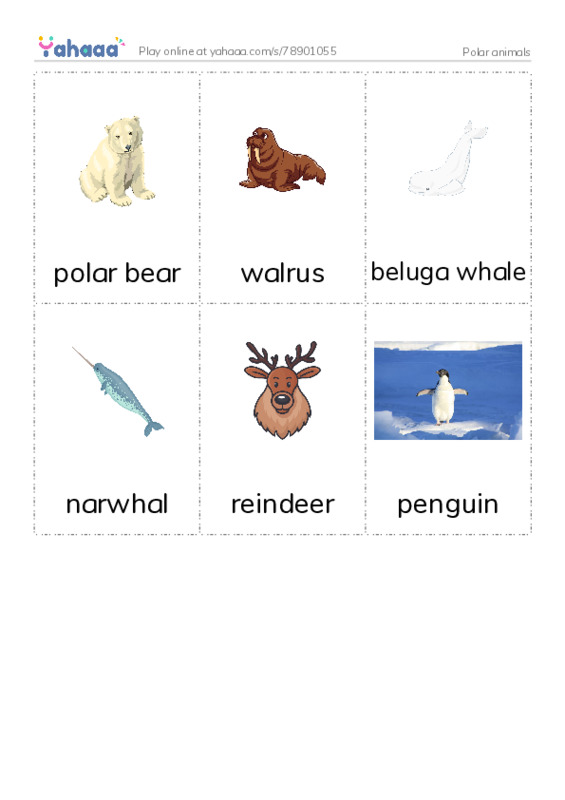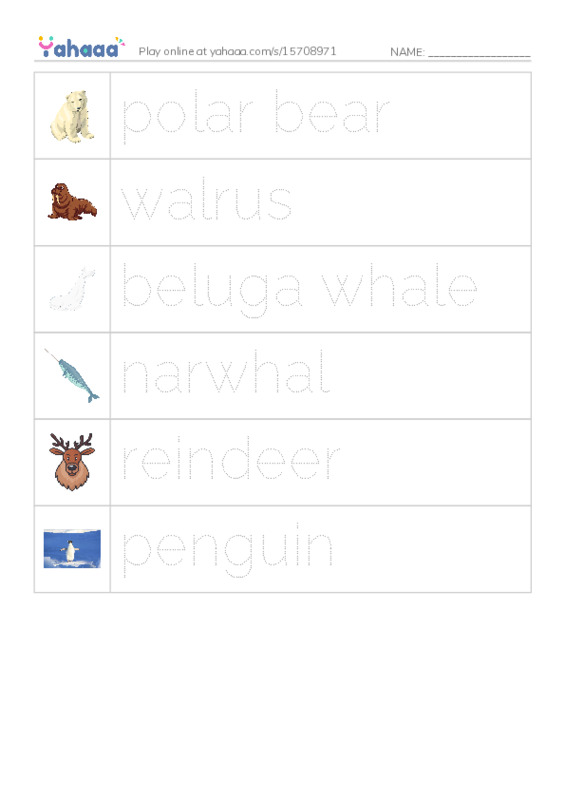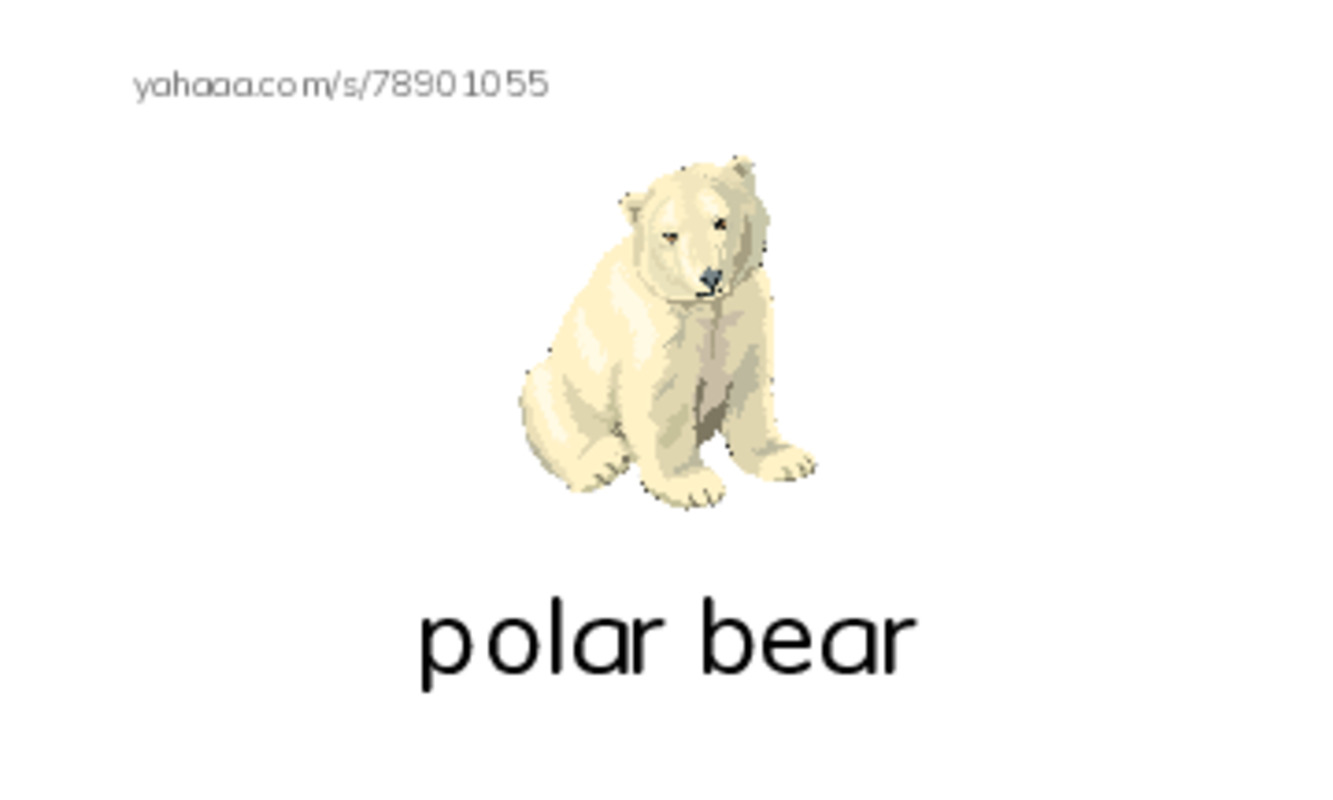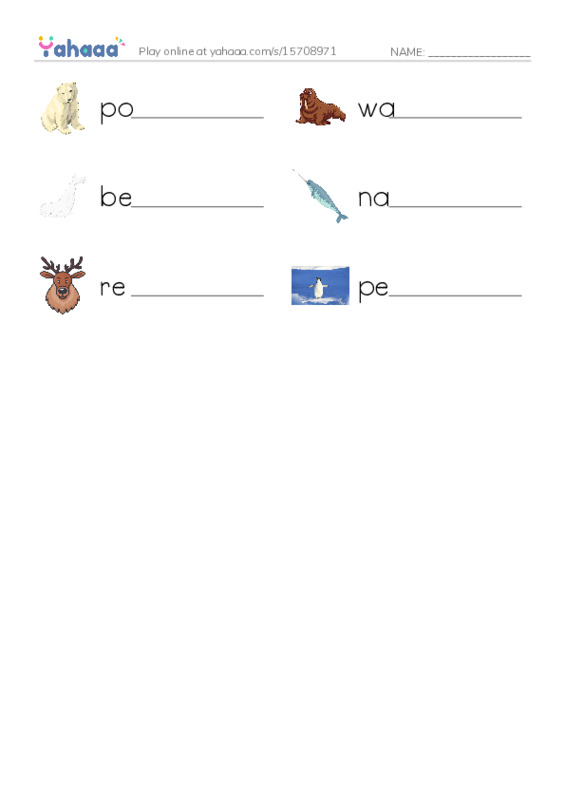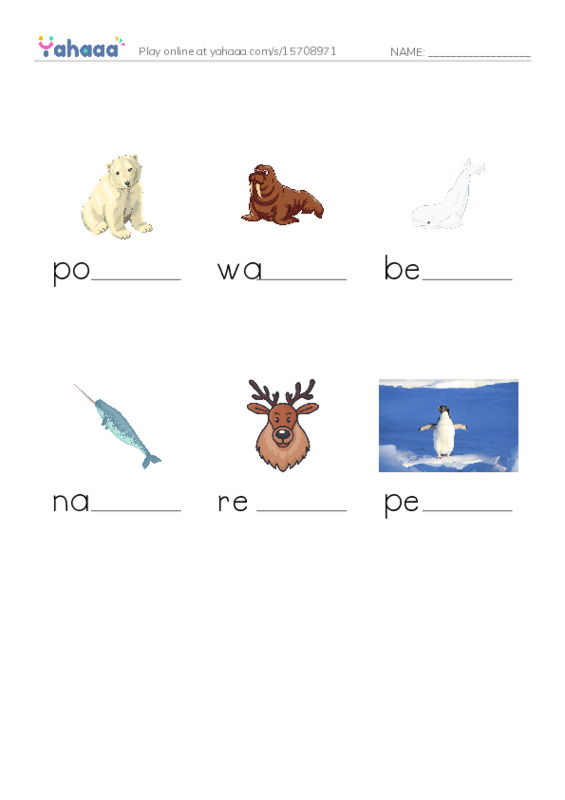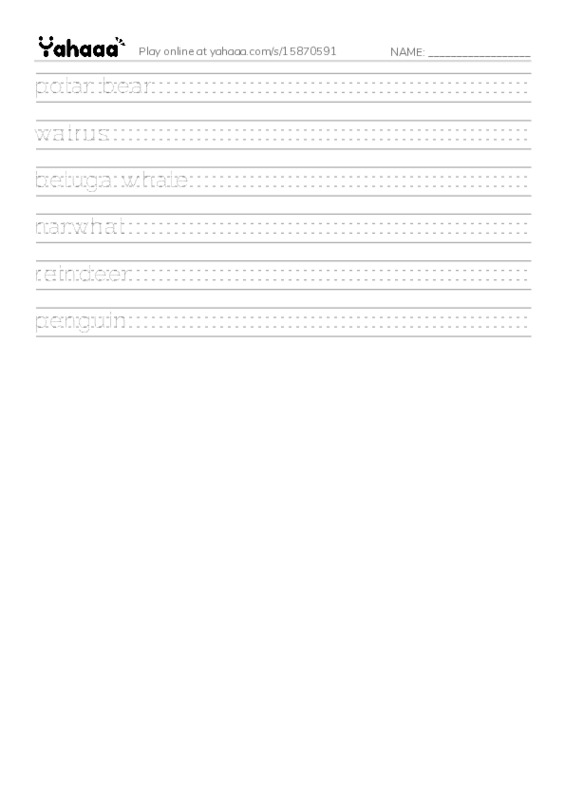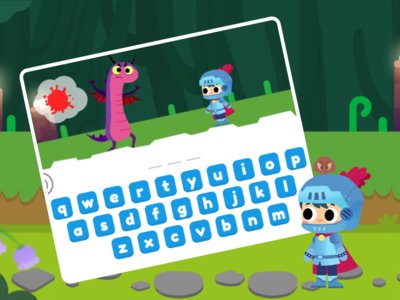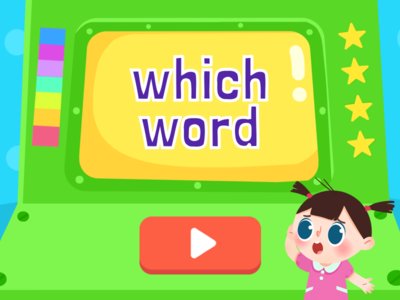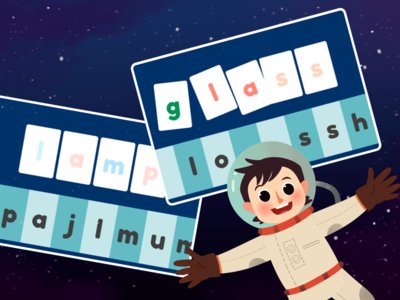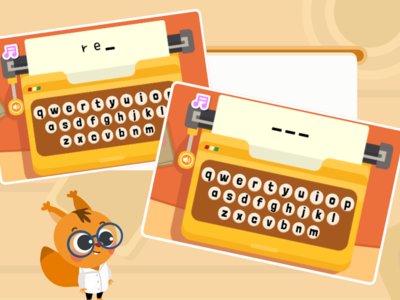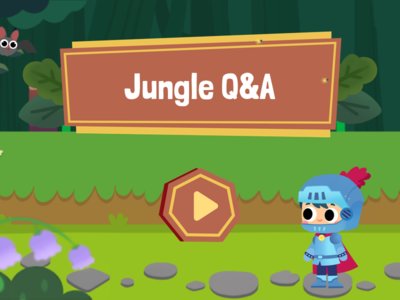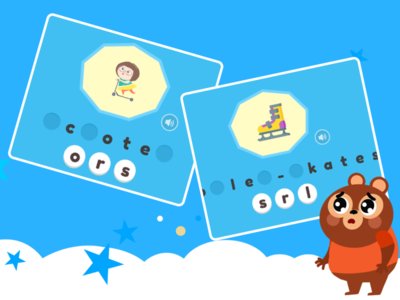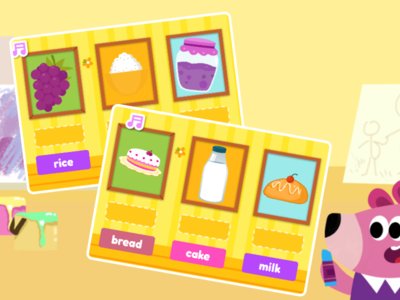'Polar animals ' FREE Printable Worksheets
Card
Image
Match
Write
Welcome to our Polar Animals vocabulary worksheet!
Polar animals are some of the most fascinating creatures on the planet. They are adapted to survive in some of the harshest environments on earth, with thick layers of blubber and fur to keep them warm in the freezing temperatures.
One way to help kids learn about these incredible animals is through the use of worksheets. These worksheets can be a fun and engaging way for kids to learn about polar animals and their names.
One such worksheet might include a list of polar animal names, along with a picture of each animal. The worksheet could also include some fun facts about each animal, such as where they live, what they eat, and how they are adapted to the cold.
For example, the worksheet could include the names of polar animals like the polar bear, the arctic fox, the walrus, and the emperor penguin. Each animal could have a corresponding picture, along with some fun facts about that animal. For the polar bear, the worksheet might include information about how the polar bear is the largest land carnivore, and how it has a thick layer of blubber and fur to keep it warm in the freezing temperatures.
In addition to providing kids with a list of polar animal names and some fun facts, the worksheet could also include some activities for kids to complete. For example, the worksheet could include a crossword puzzle or word search using the names of the polar animals. This would help kids to learn the names of the animals, while also providing them with a fun and engaging activity.
Another activity that could be included on the worksheet is a coloring page. This could feature a picture of one of the polar animals, such as a polar bear or an arctic fox. Kids could use their creativity to color the picture, while also learning about the animal and its features.
For who are these PDF worksheets made for?
In kindergarten, a worksheet about polar animals could be used as part of a lesson on animals or habitats. The teacher could introduce the topic by reading a book about polar animals and discussing the unique features of these animals and the challenges they face in their environment.
Then, the teacher could provide the students with the worksheet, which could be used as a hands-on activity for the students to complete. The worksheet could include a list of polar animal names, along with a picture of each animal. The teacher could go over the list with the students, asking them to identify the animals and providing some fun facts about each one.
The teacher could also use the worksheet as a way to introduce some basic reading and writing skills. For example, the students could practice reading the names of the animals out loud, and the teacher could help them to spell the names correctly. The worksheet could also include a crossword puzzle or word search, which the students could complete as a way to practice their spelling and vocabulary skills.
Why are worksheets good for this?
In kindergarten, a worksheet about polar animals could be used as part of a lesson on animals or habitats. The teacher could introduce the topic by reading a book about polar animals and discussing the unique features of these animals and the challenges they face in their environment.
Then, the teacher could provide the students with the worksheet, which could be used as a hands-on activity for the students to complete. The worksheet could include a list of polar animal names, along with a picture of each animal. The teacher could go over the list with the students, asking them to identify the animals and providing some fun facts about each one.
The teacher could also use the worksheet as a way to introduce some basic reading and writing skills. For example, the students could practice reading the names of the animals out loud, and the teacher could help them to spell the names correctly. The worksheet could also include a crossword puzzle or word search, which the students could complete as a way to practice their spelling and vocabulary skills.
For when are they good for?
Many kindergarten teachers focus on a variety of topics in January, including winter, the cold weather, and the winter holidays.
For example, a kindergarten teacher might teach a lesson on the different types of winter clothing and how to dress for the cold weather. This could include talking about coats, hats, gloves, and boots, and why it is important to wear these items in the winter. The teacher might also include a hands-on activity, such as dressing a stuffed animal in different winter clothes, to help the students understand the concept.
In addition to lessons on winter and the cold weather, many kindergarten teachers also teach lessons on the winter holidays, such as Christmas, Hanukkah, and Kwanzaa. These lessons could include information on the traditions and customs associated with each holiday, as well as fun activities like making decorations or cards.
What is polar wildlife?
Polar wildlife refers to the animals that live in the polar regions of the earth, including the Arctic and the Antarctic. These animals are adapted to survive in the cold, harsh environments of the poles, and include species such as polar bears, arctic foxes, seals, and penguins.
Polar wildlife is fascinating and diverse, and plays a critical role in the ecosystems of the polar regions. For example, polar bears are the top predators in the Arctic, and play an important role in maintaining the balance of the ecosystem. Similarly, penguins are an important part of the marine ecosystem in the Antarctic, and help to keep the population of fish and other marine animals in check.
In addition to their ecological importance, polar wildlife is also a source of wonder and fascination for many people. Many people are drawn to the polar regions to see these animals in their natural habitat, and to learn more about their unique adaptations and behaviors.
Overall, polar wildlife refers to the animals that live in the polar regions of the earth. These animals play a critical role in the ecosystems of the poles, and are a source of fascination for many people.
Can't find what you want?
Make your own custom game and worksheets in seconds for free!
